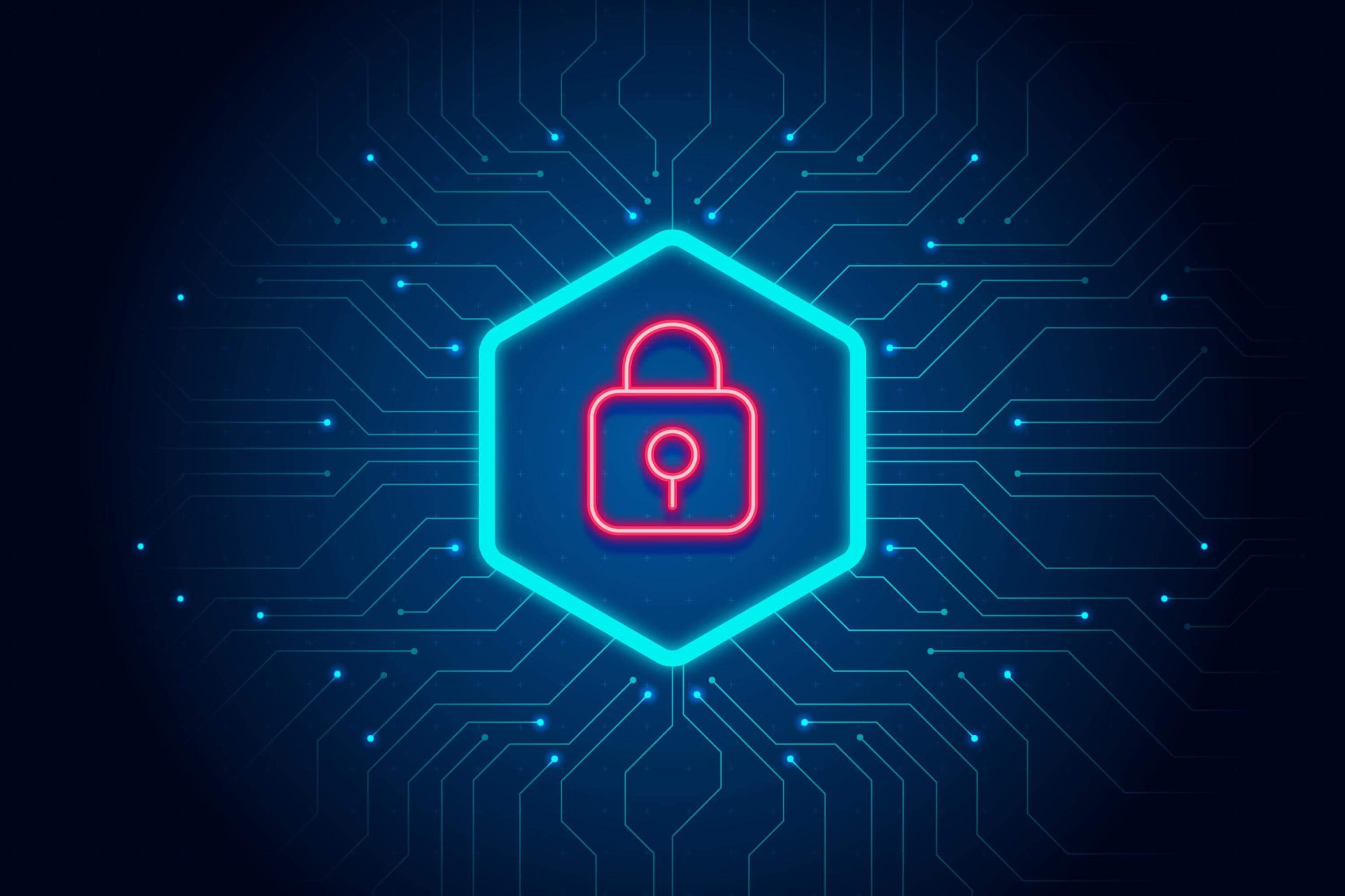As an IT administrator, you are responsible for the smooth functioning of your organization’s website. Your website is the first point of contact for potential customers, clients, and investors, and any downtime can result in lost revenue and damage to your organization’s reputation. In today’s fast-paced digital world, downtime is not an option, and therefore, uptime monitoring is a must-have for IT administrators managing websites.
Uptime monitoring is the process of monitoring a website’s availability and performance. It involves monitoring the website’s uptime, response time, and other critical metrics to ensure that the website is functioning correctly. Uptime monitoring is essential for several reasons.
Firstly, uptime monitoring helps IT administrators to detect and resolve issues quickly. With uptime monitoring, IT administrators can receive alerts whenever the website goes down or experiences slow response times. These alerts allow IT administrators to take immediate action to resolve the issue before it affects the website’s performance. This proactive approach to website management can prevent extended periods of downtime, which can result in lost revenue and damage to your organization’s reputation.
Secondly, uptime monitoring helps IT administrators to identify website performance issues. Uptime monitoring provides IT administrators with real-time performance data, allowing them to identify website performance issues before they become critical. This data can help IT administrators to optimize website performance, ensuring that the website is fast and responsive, which can lead to improved user experience and increased engagement.
Thirdly, uptime monitoring helps IT administrators to meet service level agreements (SLAs). Many organizations have SLAs that specify the level of uptime and performance that their website must maintain. Uptime monitoring can help IT administrators to ensure that the website meets these SLAs by providing real-time data on website availability and performance.
Lastly, uptime monitoring helps IT administrators to improve website security. Uptime monitoring can help IT administrators to detect and prevent security breaches by monitoring for unusual website activity, such as unauthorized access attempts or unusual traffic patterns. This proactive approach to website security can prevent data breaches, which can result in significant financial losses and damage to your organization’s reputation.
In conclusion, uptime monitoring is a must-have for IT administrators managing websites. Uptime monitoring provides real-time data on website availability and performance, allowing IT administrators to detect and resolve issues quickly, identify website performance issues, meet SLAs, and improve website security. With uptime monitoring, IT administrators can ensure that their organization’s website is fast, reliable, and secure, which can lead to increased revenue and a positive brand reputation.



